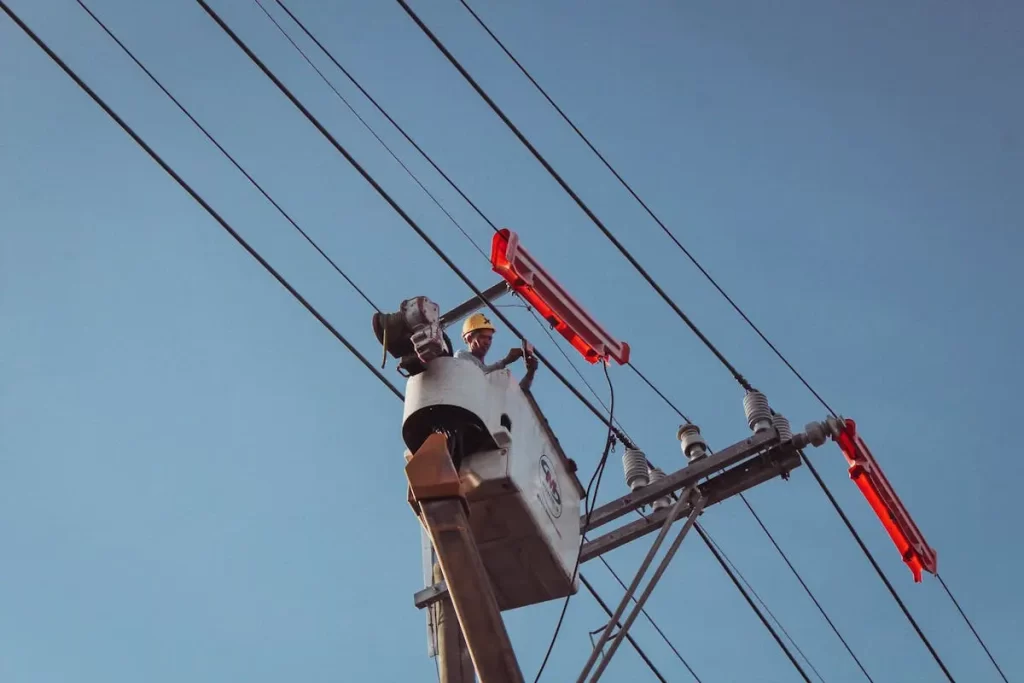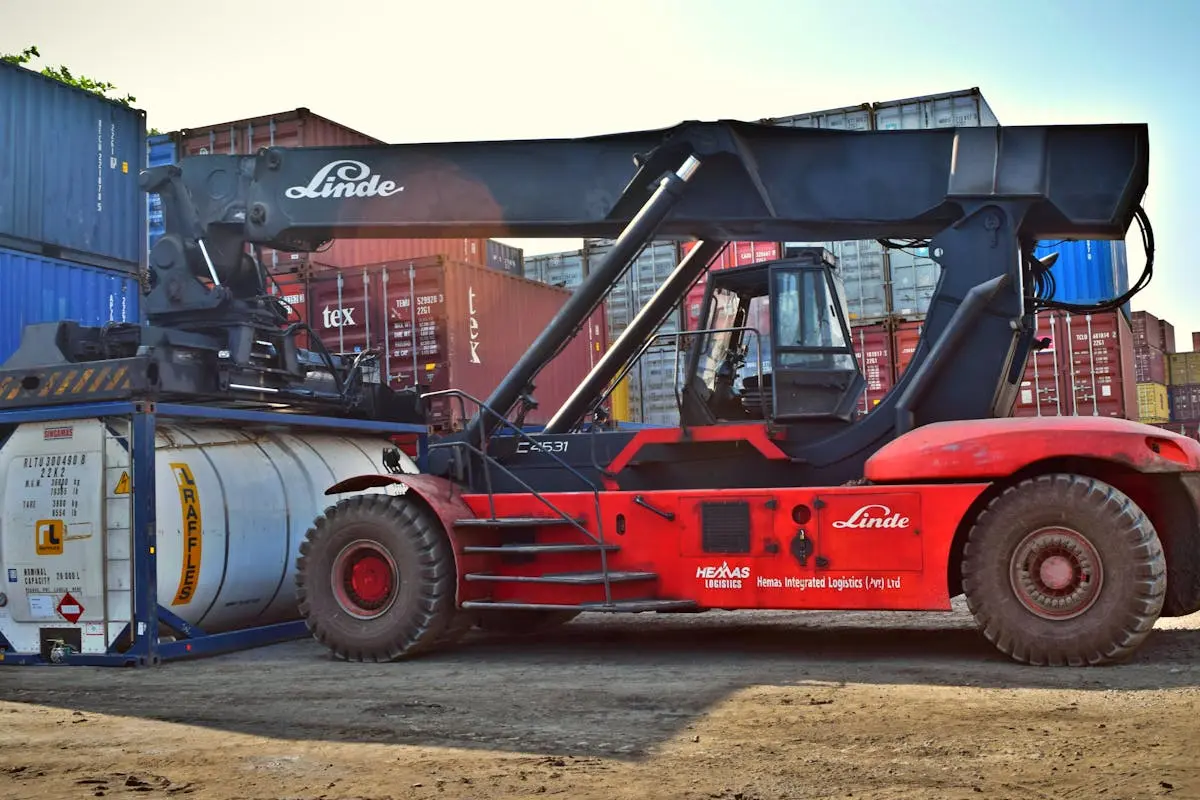Choosing the right truck for your small business can be a daunting task, especially when you’re trying to decide between a boom truck, lift truck, or bucket truck. Each type has its own unique features and benefits. In this guide, we’ll break down the key differences and help you determine which truck is best suited for your business needs.
Understanding the Difference
A boom truck has a hydraulic arm capable of extending and rotating, making it ideal for tasks like construction work and maintenance. Lift trucks, commonly known as forklifts, are perfect for moving materials and goods over short distances within warehouses or construction sites. Bucket trucks, on the other hand, have a bucket attached for lifting people, making them suitable for maintenance tasks like fixing streetlights or tree trimming.
Distinct in their applications, boom trucks are often chosen for their versatility in handling materials at various heights, which makes them essential for industries like utilities and forestry. With their robust structure, these trucks can support heavier loads compared to bucket trucks. Meanwhile, lift trucks streamline operations within closed environments such as warehouses, enabling the efficient movement of pallets, cartons, and other materials.
In contrast, bucket trucks are indispensable for tasks that require reaching elevated areas safely. They are extensively used in electrical line maintenance and signage management due to their capability to securely lift personnel to the required height while providing stability.
Evaluating Your Business Needs
Consider what tasks you need the truck to accomplish. For tasks requiring elevation and the lifting of heavy materials, a boom truck might be best. If you’re primarily moving goods on-site, a lift truck could be the right fit. For jobs involving aerial access, a bucket truck can be more appropriate.
Determining the essential functions your business performs will guide your choice. If the primary goal is to move large, heavy products across short distances, a lift truck will serve well. However, for projects needing a safer approach to reach high places, such as trimming tree branches or servicing street lights, employing a bucket truck ensures both efficiency and safety for operators.
If your operations require you to lift and maneuver construction materials, a boom truck becomes an invaluable asset, offering not only reach but also precision control thanks to its articulated arm. Each truck type addresses unique aspects of transportation and lifting that can significantly impact your business’s daily operations.
Considering Cost and Budget
Budget is a crucial factor in your decision. Boom trucks are typically more expensive due to their versatility, while lift trucks can be more cost-effective for material handling tasks. Bucket trucks might require a higher investment for businesses that need to perform elevated maintenance work regularly.
When looking at costs, remember that simpler utility trucks like lift trucks often have more accessible price points and lower operational expenses. Nevertheless, if your main activities involve frequent trips and myriad tasks across different terrains, investing in the more expensive boom truck could save costs long-term by reducing downtime and enhancing productivity.
Exploring used or refurbished options, particularly for bucket trucks, might also lessen the financial burden while still providing functional vehicles capable of handling necessary tasks in a cost-efficient manner. Businesses may consider financing avenues to spread financial commitments over manageable terms to alleviate the initial outflow.
Exploring Financing Options
Financing your truck purchase is often a viable option for small businesses. Look into boom truck financing plans that allow you to spread out the cost, making it more manageable. Be sure to compare interest rates and terms to find the best deal.
Liberty Capital Group offers a variety of options for dump truck and grapple truck financing that can be adjusted to fit your business’s credit profile and cash flow needs. Options often include lease and loan structures, providing flexibility whether you opt for a long-term commitment or a shorter lease term that allows for equipment upgrades.
Benefits extend beyond mere acquisition. Financing solutions often cover associated expenses like maintenance and installation, potentially minimizing unforeseen costs and hence supporting better cash management that can positively influence your overall capital planning.
Assessing Long-term Value
Think about the long-term value of each truck type. Consider maintenance costs, fuel efficiency, and potential resale value to get a comprehensive view of which option will deliver the most value over time.
Boom trucks often offer the most substantial return on investment through their multifunctional capabilities and potential resale value due to their demand in various industrial sectors. Lift and bucket trucks excel in niche markets, and their operational efficiency can support ongoing business growth if they match your business’s core activities.
Ensuring your choice aligns with both operational needs and strategic business goals will safeguard the investment over the truck’s lifespan. Keeping abreast of potential technological advancements and regulatory changes could further improve long-term costs and business adaptability.
Making the Right Choice for Your Business
- Boom truck financing
- Lift truck financing options
- Bucket truck loans
- Affordable boom truck leasing
- Commercial lift truck financing
- Used bucket truck financing
- Low down payment boom trucks
- Lease-to-own lift trucks
- Heavy equipment financing for trucks
- Best bucket truck lenders
Ultimately, the choice between a boom truck, lift truck, or bucket truck depends on your specific business requirements and budget. Consider the types of tasks you need to accomplish and choose a truck that will enhance your efficiency and productivity. Don’t forget to explore financing options that make acquiring the right vehicle more affordable


